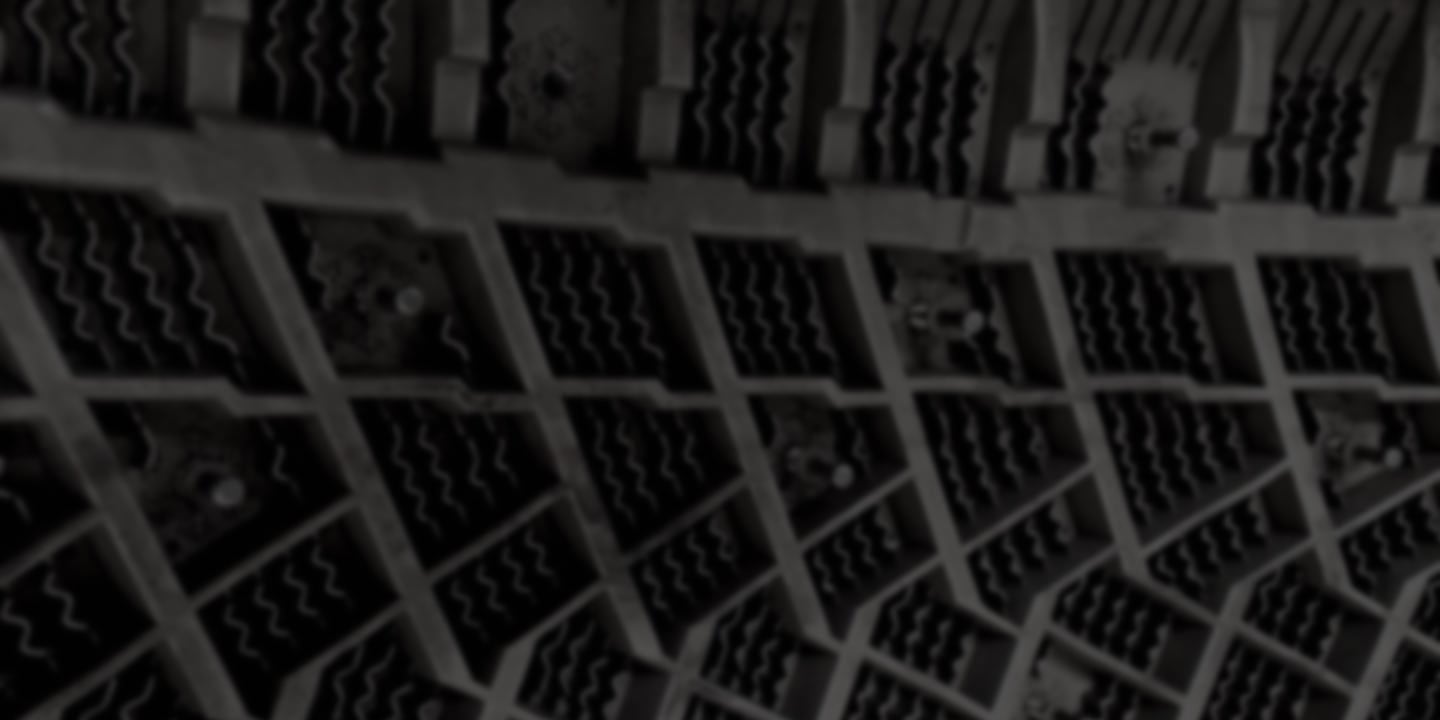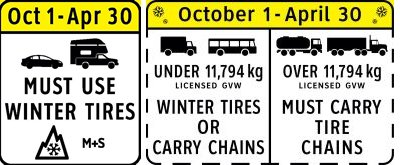
29 Oct Dont get stuck in the snow without winter tires!
Beginning Oct. 1, winter tires or chains are required on most major highways in B.C. — including the Malahat until April 30. The B.C. Ministry of Transportation is reminding drivers that not having them on designated highways can result in fines of $109.Truckers will face higher fines for not carrying chains this year. Commercial drivers will be fined $196 for not carrying chains when and where required, and $598 for not installing chains during mandatory chain-ups.
During previous winters drivers faced a base-level fine of $121 for not carrying chains or not installing them when required to do so. The new fines went into effect Oct. 1.
B.C. cities, municipalities and private roads, such as ski hills, may have their own bylaws or rules around the use of winter tires, chains or traction devices that may differ from provincial highway regulations.
Why Some Routes do not Require Winter Tires
B.C. cities, municipalities and private roads (such as ski hills) may have their own bylaws or rules around the use of winter tires, chains or traction devices that may differ from provincial highway regulations.
Driving in the Lower Mainland and Southeastern Vancouver Island
Due to a more temperate winter climate in the Lower Mainland and southeastern Vancouver Island, drivers are not required to use winter tires in many areas along the coast. See the South Coast Map for places where winter tires are needed, like the Malahat. Remember, you are responsible for equipping your vehicle properly for the conditions you are driving in. Many drivers choose to use M+S tires year-round.
A legal winter tire – on a standard passenger vehicle or a four-wheel/all-wheel vehicle – must have at least 3.5 mm of tread depth.
A winter tire must be labelled with either of the following:
- The letters “M” and “S”, the minimum legal requirement (mud + snow/all season tires)
- The 3-peaked mountain/snowflake symbol (some manufacturers label with both the mountain snowflake and the M+S symbol)
#ShiftintoWinter
Check out the Designated Winter Tire and Chain Routes here: http://bit.ly/2m97VfI #KnowBeforeYouGo and see updated road conditions before and during your travels here: http://bit.ly/2nwZb7h
Resources
Drivers can check out the designated winter tire and chain routes online with Drive BC.
While the best way to stay safe in extreme weather conditions is to avoid driving, the Ministry notes that there are a number of things drivers can do. Aside from being “winter ready,” drivers should ensure that they have a properly stocked emergency kit. Further, drivers and passengers should have extra clothing available to wear that will be appropriate to wear outside of the vehicle during extreme weather.
It also suggests a number of ways that drivers can stay seen on dark nights.
- Daytime running lights are dimmer than the light offered by turning your lights on manually.
- Make sure to turn your vehicle lights all the way on.
- Tail lights do not turn on with your daytime running lights.
- Tail lights are an important part of being seen from behind, especially in winter when days are shorter and rain, fog, and grey days are common.
- The visual cue of the interior dash lights being on does not indicate that your headlights and tail lights are operating.
DriveBC provides up to date highway conditions and weather forecasts for travellers.



